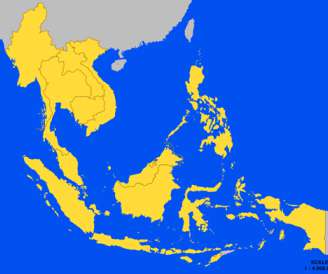Roskill: Myanmar crisis set to disrupt rare earth supply availability
Green Car Congress
APRIL 2, 2021
On 1 February 2021, a coup d’état in Myanmar brought down the civilian government and imposed military rule. Myanmar is the world’s third-biggest miner of tin and in 2020 accounted for more than 95% of China’s imports of tin concentrate, used by smelters to make refined tin for circuit-board soldering. global supply.












Let's personalize your content